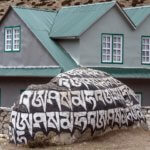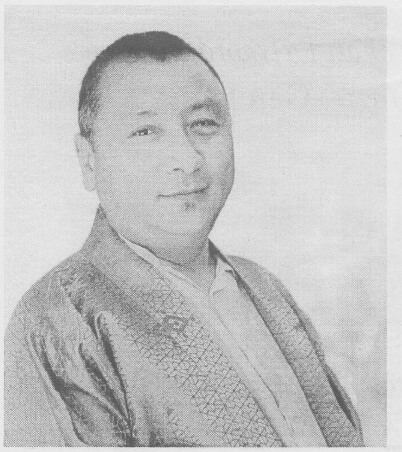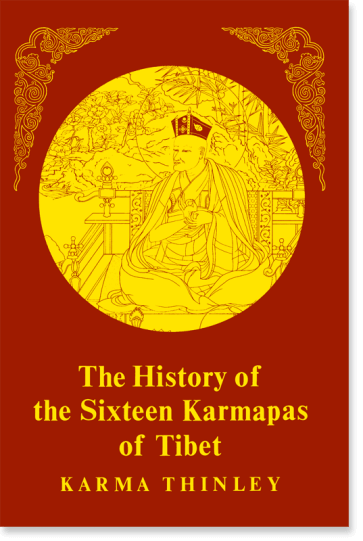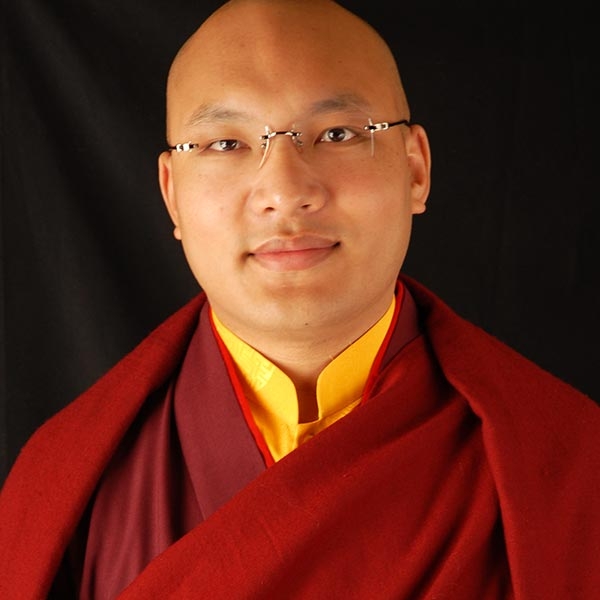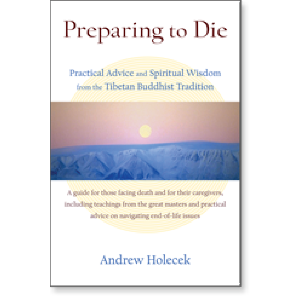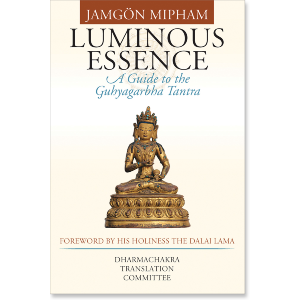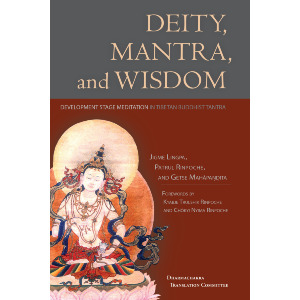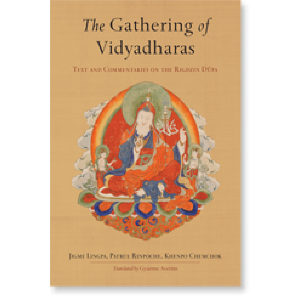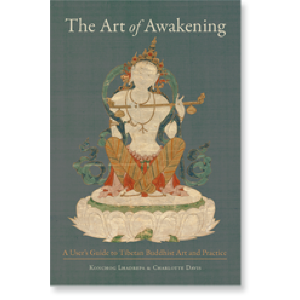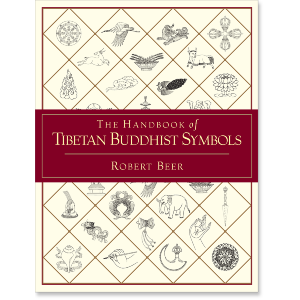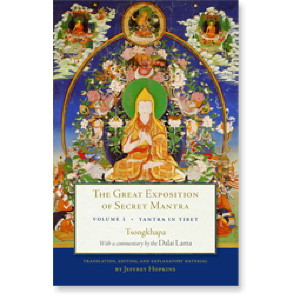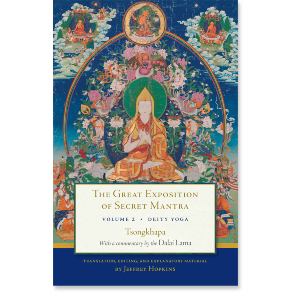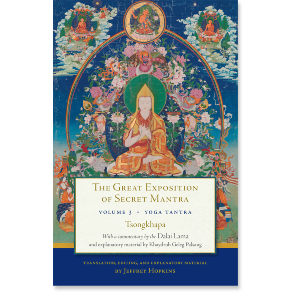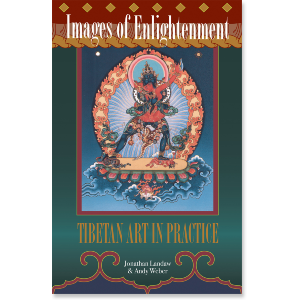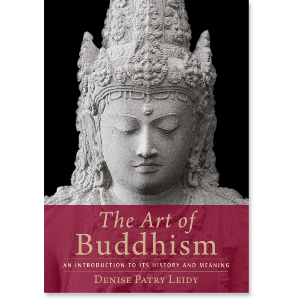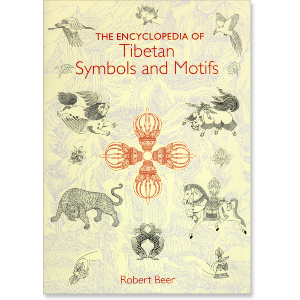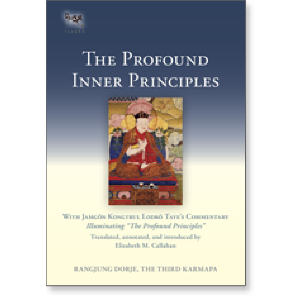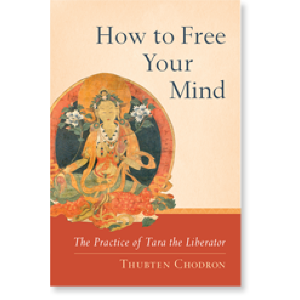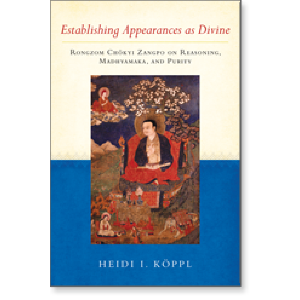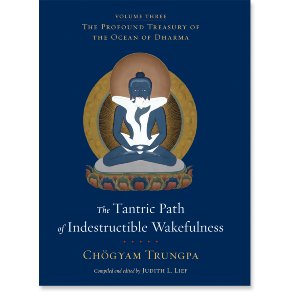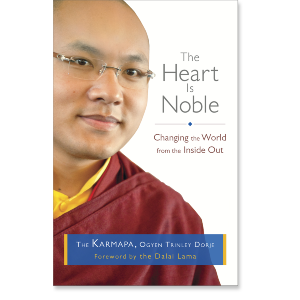| The following article is from the Winter, 2004 issue of the Snow Lion Newsletter and is for historical reference only. You can see this in context of the original newsletter here. |
A Practitioner's Guide To Mantra:
An Interview with
BARDOR TULKU RINPOCHE
![Robert Hansen-Sturm [CC BY-SA 3.0 (https://creativecommons.org/licenses/by-sa/3.0)] Third Bardor Tulku Rinpoche, Tibetan Buddhist teacher, a holder of the religious lineage of Terchen Barway Dorje.](/wp/wp-content/uploads/2017/03/BTR-byRobertHansenSturm-web_wikicommons_attribution-207x300.jpg)
Third Bardor Tulku Rinpoche; photo provided by Robert Hansen-Sturm [CC BY-SA 3.0 (https://creativecommons.org/licenses/by-sa/3.0)]
According to our tradition, all Buddhist mantras were first taught by the historical Buddha or his emanations.
Introduction on how are mantras & malas used in Tibetan Buddhism:
Tibetan Buddhist mantras are words originally spoken by a Buddha while deep in meditation. Reciting them helps to replace the endless, internal chatter of the mind with calming syllables that purify karmic imprints, bring beneficial energy, focus the concentration, and offer protection and blessings.
Chanting a mantra cannot by itself liberate a person from cyclic existence. While chanting, one also must transform and focus one's thoughts.
To engage the mind in this way requires preparation―receiving teachings from a qualified master, reflecting and contemplating on those teachings, and engaging in skillful meditation practice.
Venerable Bardor Tulku Rinpoche recently shared some basic guidance regarding the use of mantras and malas (Tibetan rosaries) in Tibetan Buddhist practice. While the information Rinpoche provides here relates specifically to his tradition in the Kagyu school of Tibetan Buddhism, much of it also holds true for other Tibetan Buddhist traditions as well.
The fundamental reason for the use of mantras in meditation on deities is that a deity's mantra is no different than that deity him or herself.
The Interview with Venerable Bardo Tulku Rinpoche:
Why are mantras said in Tibetan Buddhism? What is their significance, their power?
Mantras are customarily an important aspect of Tibetan Buddhist practice. They usually correspond to specific deities; each deity has one or more mantras associated with him or her. Therefore, the reason for reciting a specific mantra is the wish to achieve the qualities associated with that specific deity.
If someone wishes to develop discernment, they might meditate on Manjushri and recite his mantra.
If purification is the main emphasis in practice, meditation on Vajrasattva and the recitation of his 100-syllable or six-syllable mantra is recommended.
OM MANIPADME HUM
The most commonly practiced mantra is OM MANIPADME HUM, the principal mantra of Avalokiteshvara, the bodhisattva who embodies the compassion of all buddhas. The development of impartial love and compassion is the essence of spiritual practice; in the same way, this mantra is the essence of all mantras. Its six syllables prevent rebirth in the six realms of samsara, and contain the essence of the buddhas who liberate the six realms, and also the essence of the six perfections practiced in the Mahayana.
The fundamental reason for the use of mantras in meditation on deities is that a deity's mantra is no different than that deity him or herself.
You can regard the recitation of mantra as calling a deity by name, and indeed, many mantras are phrased in that way. But really, a mantra is more than the deity's name―it is the deity appearing as sound. For that reason, the written form of a mantra is regarded as a type of Nirmanakaya Buddha.
When did mantras and malas originate?
According to our tradition, all Buddhist mantras were first taught by the historical Buddha or his emanations. Since many Tantras describe the use of malas, and we believe them to have been taught by the Buddha, we also believe that the use of malas dates back to his time.
What is the biggest mistake you see Westerners making when they say mantras?
Most Buddhist mantras are in the Sanskrit language. Pronunciation of mantras seems therefore to be an issue for those unfamiliar with Sanskrit. Tibetans tend to mispronounce Sanskrit consonants; Westerners do better with the consonants but have trouble with the vowels and stresses or rhythm.
The most important thing in the use of mantra is the accompanying samadhi (state of deep meditation), which must be learned in the context of that specific practice, because it will be unique to that practice.
What is the most important thing to know about saying mantras effectively?
The most important thing in the use of mantra is the accompanying samadhi (state of deep meditation), which must be learned in the context of that specific practice, because it will be unique to that practice.
Should one place any particular attention on the hands or body while reciting?
The physical posture recommended for mantra practice is roughly the same as that used for Buddhist meditation in general. This also requires personal instruction.
There are certain times when the benefit of mantra repetition is especially great... This is because of the profound relationship between our minds, our bodies, and our environment.
What is the benefit of saying mantras on auspicious occasions?
There are certain times when the benefit of mantra repetition is especially great. These include the full- and new-moon days of the month, and many other days as well. This is because of the profound relationship between our minds, our bodies, and our environment.
Are there times when it is inappropriate to say mantras?
Beginners should not recite mantras during teachings because they need to focus exclusively on what's being taught. Aside from that, there is no time at which it is wrong for mantras to be recited.
Can you share any examples of stories of masters or students who had experiences while saying mantras?
All the siddhas of India, Tibet, and other lands have achieved siddhi by repeating mantra and seeing their chosen deity face to face as a result. All the stories are the same. As is said,
"The many siddhas have but one biography."
How should the mala be cared for and respected?
Since one's mala is a receptacle of the blessings of one's recitation, it should not be put on the ground or in dirty places.
Is it appropriate to wear a mala around one's neck? or just around the wrist?
It is appropriate to either wear one's mala around one's neck, or keep it in a pocket on one's upper body. It is inappropriate to keep it in a pants pocket.
Can it be effective to say mantras while engaging the mind in other activities―for example, while driving or while watching television or movies?
Also, I have seen high lamas working their mala beads while talking. Is it really possible they had been reciting mantras in their mind while speaking?
It is acceptable to recite mantras as a post-meditation practice while driving and in other situations, provided that doing so does not interfere with one's attention to one's driving. If you recite mantras in this way while conversing or teaching, you are supposed to pause while speaking and resume after you have spoken. Those who continue to move their beads while actually speaking are doing so out of habit.
*Peter O'Hearn of Karma Triyana Dharmachakra presented questions to Bardor Tulku Rinpoche on behalf of Polly Turner, editor of Sangha Journal, and translated Rinpoche's answers from the Tibetan. This article originally was slated to appear in Sangha Journal, which recently ceased publication.

